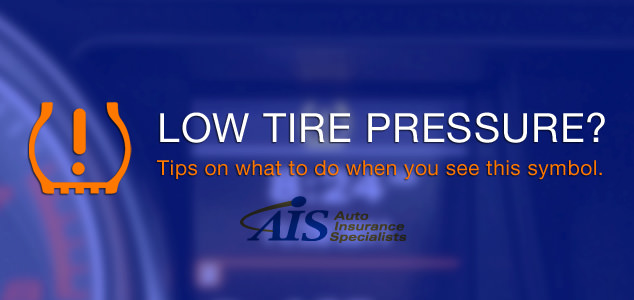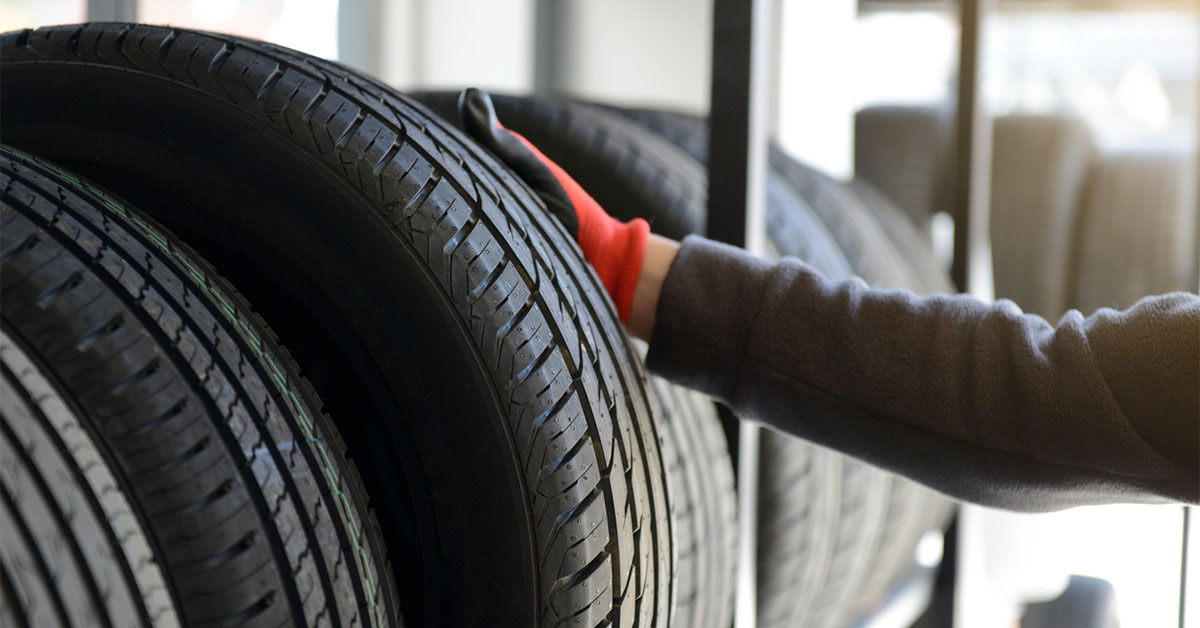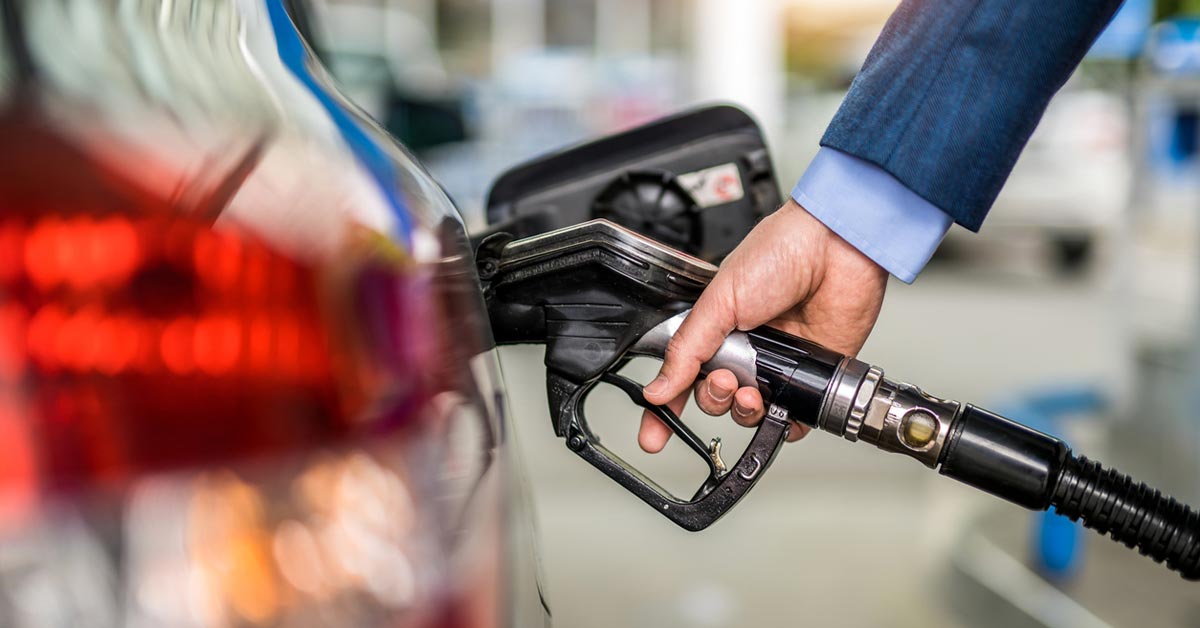One of the most important aspects of being a safe driver is ensuring your vehicle is adequately maintained—including regularly checking your tires.
Having the right amount of tire pressure for your vehicle affects many aspects of being on the road. It can help you have a smoother ride, better gas mileage, and even ensure your vehicle stays safely on the pavement during bad weather conditions. Here is what you need to know about tire pressure.
Purchasing a Tire Gauge is Easy
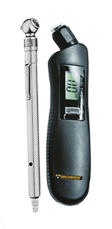
The first step in ensuring you have the right amount of tire pressure for your vehicle is by purchasing a gauge. When used, the tool will give you a reading of pressure in pounds per square inch (PSI).
Most retail outlets offer both standard and digital varieties for only a few dollars. While there is really no benefit to purchasing one type of gauge over another, it is important to find a model that features a read out that is easy for you to see. Keep the gauge in your automobile’s glove box or emergency supply kit to ensure you have it handy when looking over your tires.
Check Your Tires Often
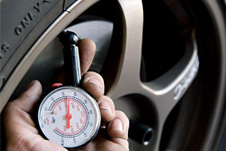
According to the National Highway Traffic Safety Administration (NHTSA), it is important to check your tire pressure at least once a month. This will enable you to determine if there is a problem with the amount of pressure currently in your tires and add more air if needed. If your area has had any major weather changes—such as going from hot to cold very quickly over a matter of a few days—you will want to double check the pressure again as outside air temps can affect tires.
In order to get the most accurate reading from your gauge, you should only measure your tire pressure when the vehicle has not been driven for at least a few hours.
Know the Recommended PSI for Your Vehicle
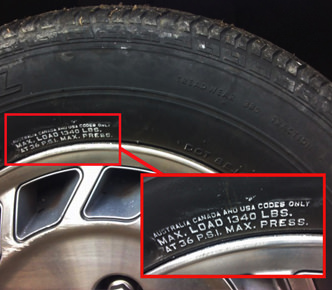
In addition to checking your tire pressure frequently, it is vital to know what the recommended PSI is for your particular vehicle. Often, you can find this information on the sticker on your driver’s side door or inside the car owner’s manual. If you cannot find this information, ask your local mechanic or tire dealer.
What do you do if the PSI reading for your tires is low? Most gas stations and convenience stores have a machine for airing up tires. This is often provided free or for a few cents, but can make a big difference in keeping your vehicle safe for the streets.
The information in this article was obtained from various sources. This content is offered for educational purposes only and does not represent contractual agreements, nor is it intended to replace manuals or instructions provided by the manufacturer or the advice of a qualified professional. The definitions, terms and coverage in a given policy may be different than those suggested here and such policy will be governed by the language contained therein. No warranty or appropriateness for a specific purpose is expressed or implied.
